City reaches out to Claremont community at homeless workshop
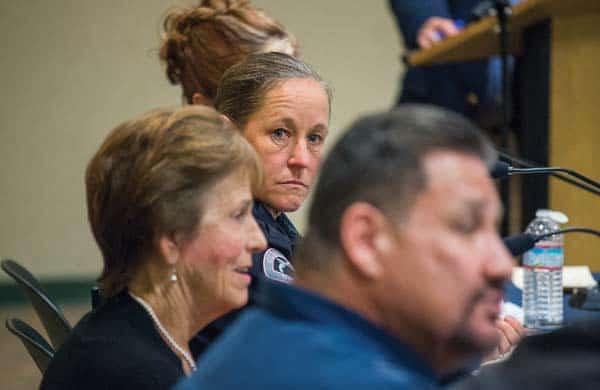
Residents got a first-hand look at what city and county programs are doing to combat homelessness.
There were 73 Claremonters willing to help the homeless in the community as they listened to a panel of experts during the Claremont Homeless Community Summit on October 23.
Host and Councilmember Joe Lyons told the audience that homelessness is an issue that must be addressed locally as well as regionally.
“To this end the city of Claremont has made a priority to maximize and expand current efforts and implement new actions to reduce the number of homeless individuals and families and provide the services needed by the community,” Mr. Lyons said.
He took a moment to share his vision of how the community can end chronic homelessness in the city—creating 
“The program is based totally on community engagement in the Claremont homeless collaborative, which since its creation in 2018, has participated in the Los Angeles County homeless initiative and has ended chronic homelessness and now identifies and assists individuals who at risk of becoming homeless from becoming so,” Mr. Lyons said.
The panel included Claremont Police Chief Shelly Vander Veen and Claremont Homeless Advocacy Program (CHAP) leader Anne Marie Sullivan on what the community does to assist the homeless. The panel also included Human Services Director Anne Turner, Gilbert Saldate and Shawn Smith from Tri-City Mental Health Clinic, Reggie Clark from Volunteers of America (VOA) and Daniella Alcedo from the LA County Homeless Services Authority.
Ms. Turner talked about what the Human Services Department does as a “super referral system,” or a liaison on the front lines directing concerns to the appropriate group, like CHAP, Tri-City Mental Health or the VOA.
“What the human services department does, our part in the collaborative community response, is that super referral service to those who are providing direct service to our homeless community,” Ms. Turner said.
Chief Vander Veen noted the response from the police department has evolved over the past two decades—from pushing along the homeless out of Claremont to developing relationships and getting them valuable resources.
This process can take time, she said. She relayed to the audience a story of one homeless person who had regular contact with the police for years, allowing Chief Vander Veen to strike up a friendship with him. One day, he disrupted a city council meeting, but not for the reasons one might think.
“He came there because he wanted to reach out to the city manager and myself, because he finally got to the point where he wanted help,” she said.
Chief Vander Veen was able to get him into a treatment program with Tri-City.
“That’s why it’s very important for our law enforcement to keep these interactions with these individuals so they know they can come to us when they’re ready for help,” the Chief said.
Ms. Sullivan, described by Mr. Lyons as the “current heart, soul and face” of CHAP, told the crowd about the origins of the program, from its roots in the Occupy Claremont movement to the “Summer to End Homelessness” in 2013.
Since 2014, the Quaker house on Harrison Avenue has been lending its space to CHAP for their overnight program, giving shelter for up to 12 participants—10 men and two women, with three volunteers per night sticking around in case of an emergency, from 8 p.m. to 8 a.m.
The vernacular is changed within CHAP—homeless people are called “participants” and volunteers are called “advocates.” There are two advocates assigned to each participant, who are helped with job training, resume building, getting a California ID card, securing heath care and, ultimately, finding housing. In four years, CHAP has placed 15 people in housing, Ms. Sullivan said.
Advocates meet with participants once a week but are on-call 24/7.
“I always say, advocacy is the heart of the program,” Ms. Sullivan said. “We want to restore their dignity as much as possible, and the way we do it is by trying to give them the empowerment by identifying their goals.”
But CHAP doesn’t serve as a homeless shelter for anyone who passes through Claremont. There are criteria to meet before being accepted into the program, including a desire to work themselves out of homelessness and a refrain from addictions to drugs and alcohol.
“We say we’re not a shelter. Nobody can come into our program unless they have the motivation to work with an advocate,” Ms. Sullivan said.
Ms. Sullivan noted that nine current participants in the program have secured employment, where they work up to 30-35 hours per week at various jobs. The rest spend the day from 8 a.m. to 8 p.m. taking classes, spending time at the library or at local coffee shops, or finding other ways to spend time.
Chief Vander Veen noted that there are about eight permanent homeless people in Claremont who don’t meet the CHAP criteria. She said she knows this number through repeated calls for service and regular contact with them.
This number is opposed to the “transitory” homeless, meaning those who only in town for a short period of time. Permanent homeless either grew up in Claremont or have roots here, or have taken to Claremont for a variety of reasons.
When the police contact a transitory homeless person, they give them a brochure outlining the various assistance services in the city, but they’re usually gone within a short period of time. Ms. Sullivan noted that if CHAP interviews a potential participant and finds they do not meet the criteria, they never leave the interview without offering some kind of service to help them.
Claremonters gathered at the meeting then broke into groups, with each panel member at a table taking questions and giving information. Ellen Taylor addressed what she described as “the underlying issue” in regards to homelessness, the mentally ill and low-income residents in the city.
“There are some people in these communities that don’t want low income or mentally ill or homeless people anywhere near their community,” Ms. Taylor said. “I think it’s wonderful that you have all this money that we didn’t have before and that there’s a plan for it, but that is one of the things, the issue will not go away unless we address the bottom line.”
—Matthew Bramlett
news@claremont-couroer.com



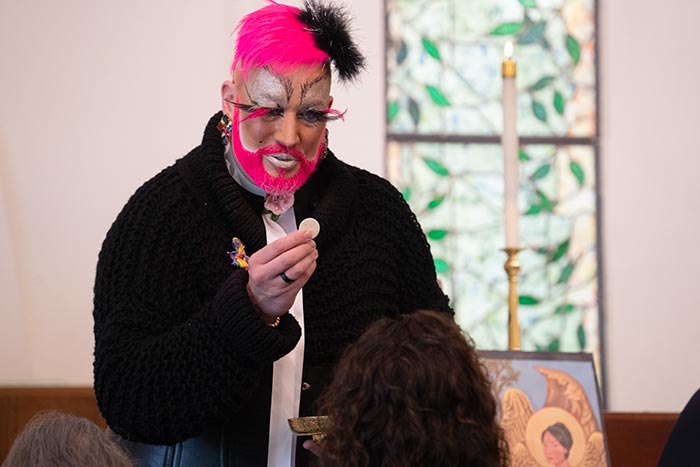
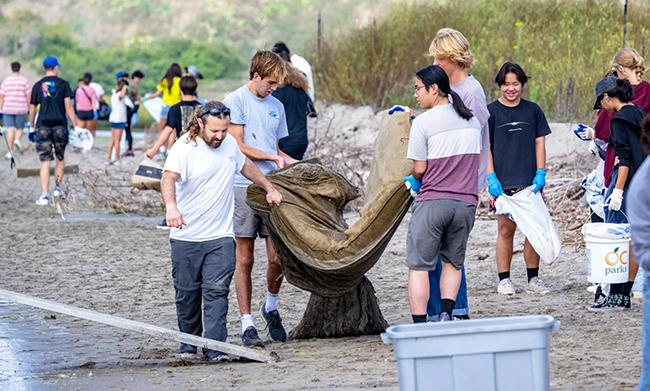
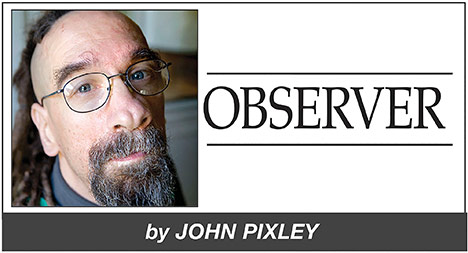
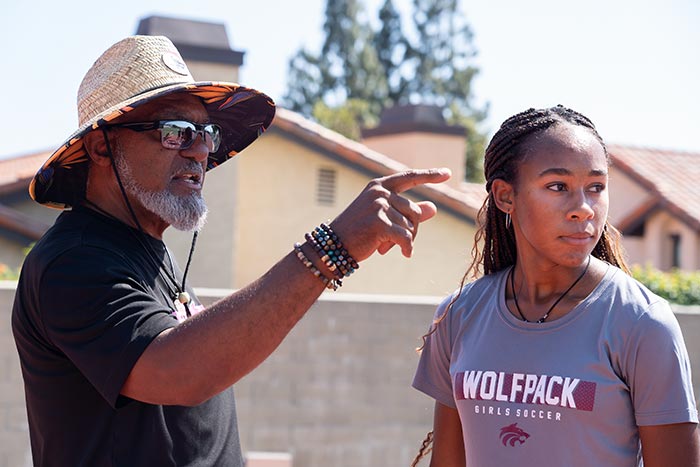



0 Comments